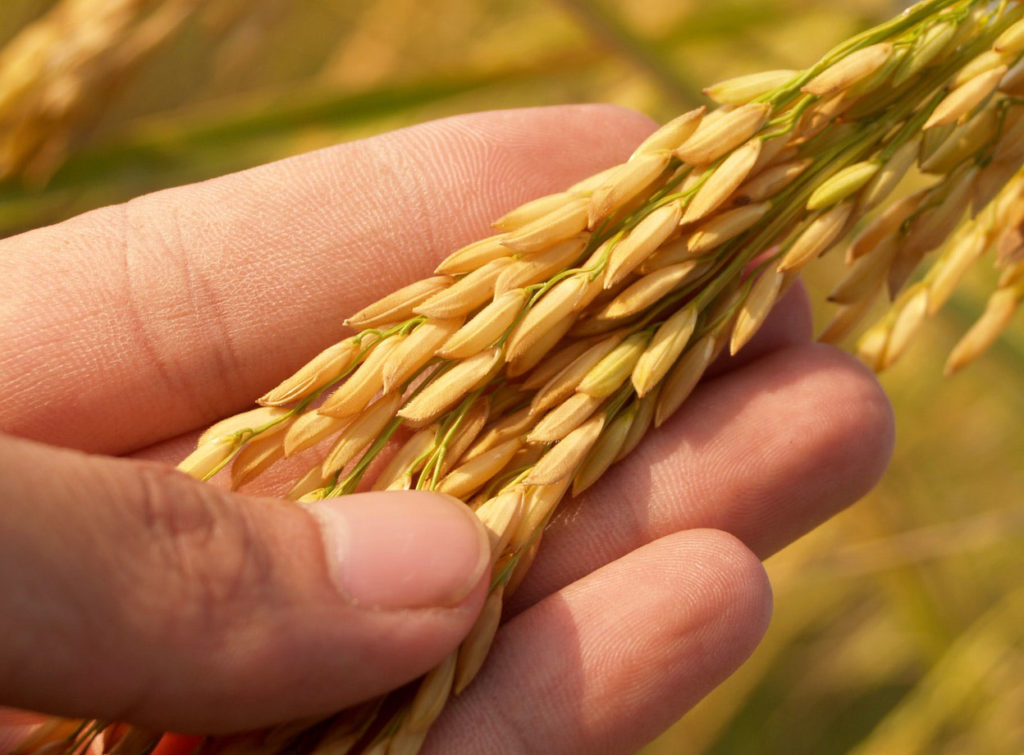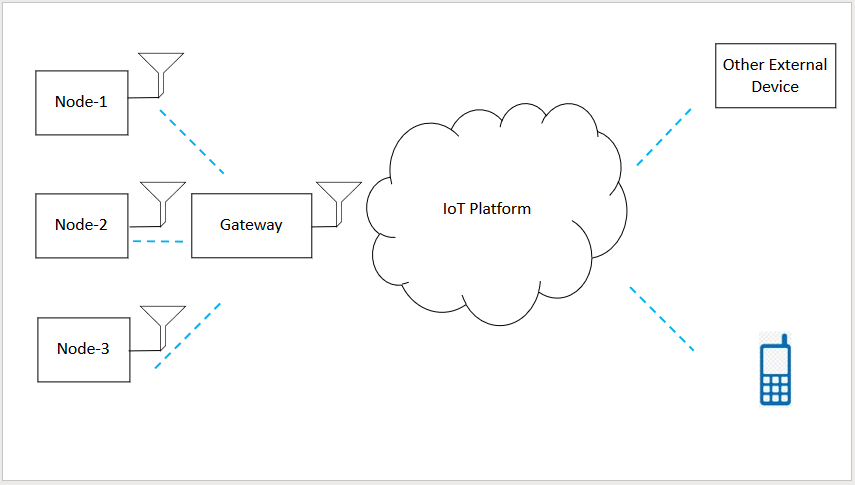IoT Smart Farming

In IoT-based smart farming, a system is built for monitoring the crop field with the help of sensors (light, humidity, temperature, soil moisture, etc.) and automating the irrigation system. The farmers can monitor the field conditions from anywhere in the world. IoT-based smart farming is highly efficient when compared with the conventional approach.
An approach in IIoT (Industrial Internet of things) based technology can overcome the distance and place constraints of wired communications, which is used in the existing system to monitor the condition of soil, fields, etc. However, the current technology level of the wireless communication system suffers from a power shortage problem. So, the development of the low power wireless communication module is being activated, with the help of low power battery technology.
How IoT smart agriculture Works

An IIoT based solution was developed to overcome the place constraints and environmental issues. The farmers can easily get the real time data with the help of Low Power Bluetooth module and Low Power Wide Area Network (LPWAN) communication modules. Sensors and its control functions use low power Bluetooth and LPWAN communication modules. And the system uses MQTT communication protocol as its messaging protocol.
The environmental data are collected with the help of sensors in the nodes. Here LPWAN and Bluetooth are combined together to form a node. These nodes will send the collected data to the gateways through LPWAN network. The distance between the nodes and gateways are 500meter. The real time data are sensed by temperature, humidity and carbon dioxide sensors. These gateways which are already connected with the cloud (Server) via the network. MQ Telemetry Transport (MQTT) handles the handshake between cloud and gateway. Therefore, cloud collects the data in real time and will be stored in DB.
The communication module LPWAN is low power and high-efficiency radio frequency module flexible with the IEEE802.15.4 std. It has the capability to cover 10km of distance at 900MHz. Bluetooth Version 4.0 can communicate up to 100m at 2.4GHz frequency band.
The MQTT consists of a broker acting as a server. The message delivery model is in a publisher/subscriber structure. The publisher and subscriber are distinguished by topic and determined by the sender/receiver role. Messages are published and subscribed via Topics in MQTT. Sensing data is a message periodically transmitted from node to gateway and from gateway to cloud.
Xpetize Technology Solutions is an IoT solution provider. We help you with smart agriculture solutions. Please feel free to get in touch with us to resolve your IoT problems.




Leave a Reply